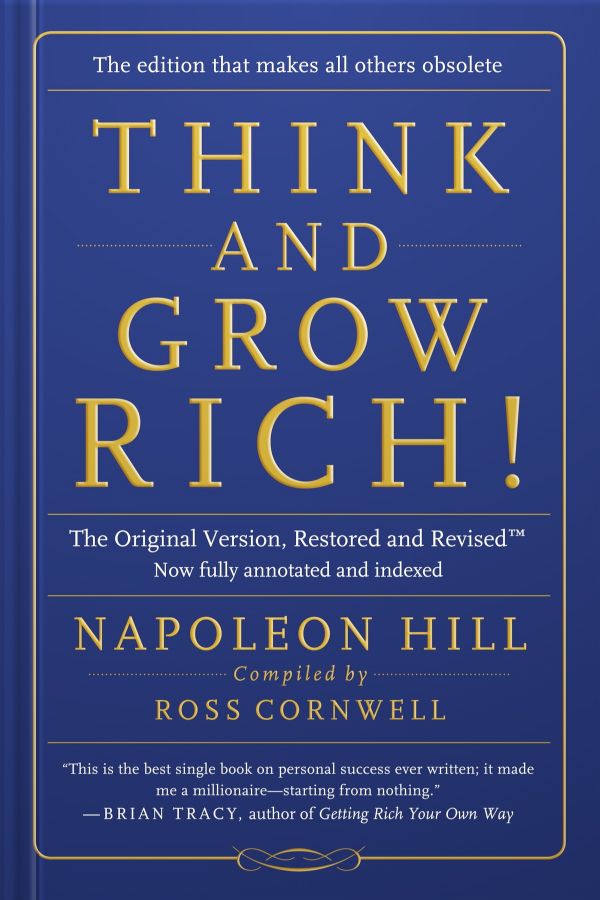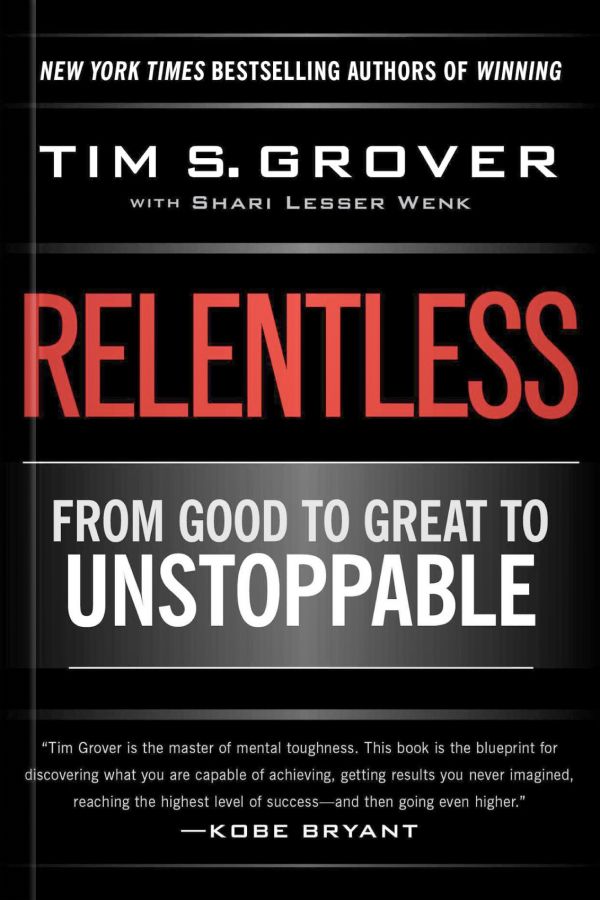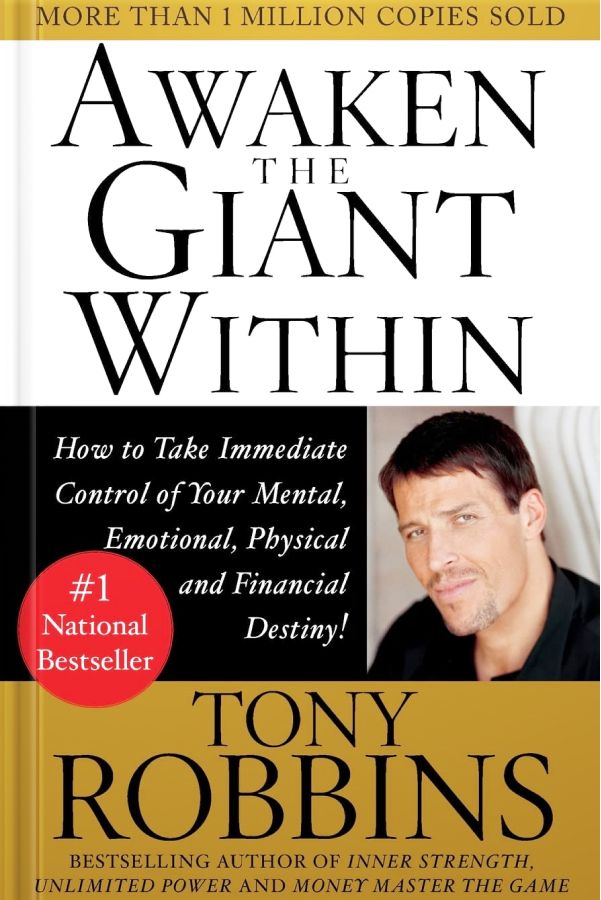
Communication & Relationships
Attached by Amir Levine
1. Understand the three attachment styles
Levine and Heller identify three primary attachment styles: secure, anxious, and avoidant. Understanding your and your partner's attachment styles can foster greater empathy and improve communication.
"We all have an attachment style, and our particular style influences, to a great extent, how comfortable and secure we feel in intimate relationships." - Amir Levine and Rachel S.F. Heller
2. Identify your attachment needs
It's important to acknowledge and communicate your attachment needs. Whether you need reassurance, affection, or space, understanding your needs helps you convey them more effectively to your partner.
"The first step toward getting the love you want is, quite simply, asking for it." - Amir Levine and Rachel S.F. Heller
3. Learn to communicate effectively
Clear and open communication is vital to any successful relationship. If you're anxious, communicate your needs honestly without blaming your partner. If you're avoidant, practice expressing your feelings.
"Your needs are legitimate. Don't let anyone, including yourself, convince you otherwise." - Amir Levine and Rachel S.F. Heller
4. Avoid the anxious-avoidant trap
The anxious-avoidant trap is a typical relationship pattern where one partner (usually the anxious one) pursues while the other (the avoidant) distances. Recognizing this pattern can help you break it.
"When you know what you are looking for, you're less likely to get caught in a relationship that is bad for you." - Amir Levine and Rachel S.F. Heller
5. Foster security in your relationship
Security comes from knowing your partner is there for you. You can foster this by being responsive, reliable, and emotionally attuned.
"Secure people feel comfortable with intimacy and are usually warm and loving." - Amir Levine and Rachel S.F. Heller
6. Choose a secure partner
Levine and Heller recommend choosing a secure partner if you're single and looking for a relationship. Secure individuals are capable of genuine intimacy and will help promote a healthy, satisfying relationship.
"If you meet someone who has the capacity to be truly loving and committed, don't be too quick to dismiss him or her." - Amir Levine and Rachel S.F. Heller
7. Develop a secure attachment within yourself
Lastly, it's essential to foster security within yourself. This involves practicing self-care, developing your emotional intelligence, and working towards personal growth.
"When you become a secure base for yourself, you can provide a secure base for others." - Amir Levine and Rachel S.F. Heller
8. Use attachment principles to diffuse conflict
Understand that anxiety or avoidance can fuel conflict. You can address issues constructively by acknowledging your attachment needs and your partner's.
"When you are aware of your attachment style and your needs, you can start to observe your interactions with your partner without reacting impulsively." - Amir Levine and Rachel S.F. Heller
9. Seek professional help if needed
If you're struggling with attachment issues, consider seeking help from a mental health professional. Therapy can offer support and strategies for developing secure attachments.
"A skilled therapist can help you move from insecurity to security." - Amir Levine and Rachel S.F. Heller
10. Remember, it's never too late
It's never too late to develop secure attachments. You can create fulfilling, safe relationships with understanding, effort, and often professional guidance.
"The good news is that your attachment style doesn't have to be permanent." - Amir Levine and Rachel S.F. Heller



















